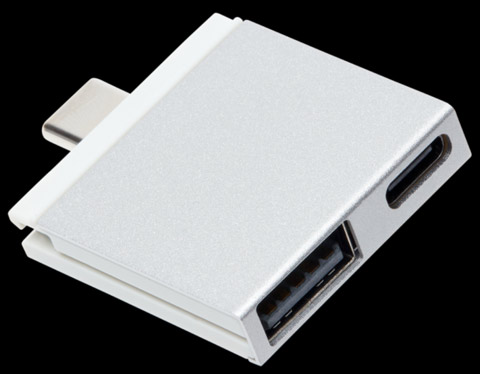Oh, I don’t mind…  I am glad I was wrong (specially in this case, with such a nice surprise).
I am glad I was wrong (specially in this case, with such a nice surprise).
I was looking at other manufacturers and early reviews of P-series Laptops and was almost convinced of the inefficacy of Windows 11 with 12th gen Intel on battery power. I still kind of think Win11 is a resource hog in general - it consumes too much of everything, meaning storage, memory, power, battery…
I know most Linux distros are compatible, but If anyone know (for a fact) how well (or not) Linux deals with 12th gen Intel both in terms of performance and battery life, please let me know (or point me out to another thread).
I also saw some new designs that came with bigger batteries on the P-series and a few others with an extra heat pipe or a brand new cooler. From that, I was glad to make my speculation above (it’s not like Framework was feeding us any kind of accurate information for quite a while anyway 



 ).
).
It must be said that from the moment I joined this forum, I was expecting a LOT more engagement from People directly connected with Framework here. And I understand that some information must be kept secret from the public from a marketing perspective, but some other official clarifications and more “in-deep” information would be most welcome.
For now, I`ve received and read the e-mail, read the blog post, and visited some of the product pages for the brand new Framework with 12th gen Intel.
From the photos alone I can`t figure out if the cooling solution is indeed better than the previous one. I would like to see more information about that somewhere. It is more than likely that they ran extensive tests before releasing the new MB versions. Can’t they share some of that info with us?
(I think that the base power requirement only went from 28W to 30W, but in situations where the machine will be required to spend a few hours under 100% load, will there be massive throttling, capping the performance?)
All reviews I’ve read so far of laptops with 12th gen Intel (both P and H series) show that they do deliver a lot more performance, but also demand better cooling solutions.
I am still hoping and praying for a wonderful future for Framework (and maybe it can even help shape the Industry). It took me quite a while to better understand their pricing strategy (and now I get it). Nonetheless, I still have some questions about the laptop…
Why the “upgrade kit” comes with the top cover? I know it is now CNC machined, but what makes it now part of the upgrade? Is there a flaw on the old one? Is it a recommended upgrade? (for what reason?)
Why the HDMI expansion card apparently hasn’t been upgraded to the 2.1 specification, supporting 4K@120Hz?
When you have to spend almost an extra $50 just for your regular ports, it makes me wonder why isn’t there some dual USB-A and/or USB-C expansion cards? And why there isn’t a “dummy bezel” (just the plastic cover)? And why at least the regular ports aren’t already included (just charge for the “extra” different ports the user may want)?


 ← cheap (free with the laptop) dummy cover
← cheap (free with the laptop) dummy cover
Just to be clear, I really admire the job that Framework has done so far, but still feel compelled to question and ask for some things, in the hope that maybe they have only forgotten about it, have not yet thunk about it, or maybe haven’t had the time to deal with it.




 ← cheap (free with the laptop) dummy cover
← cheap (free with the laptop) dummy cover
